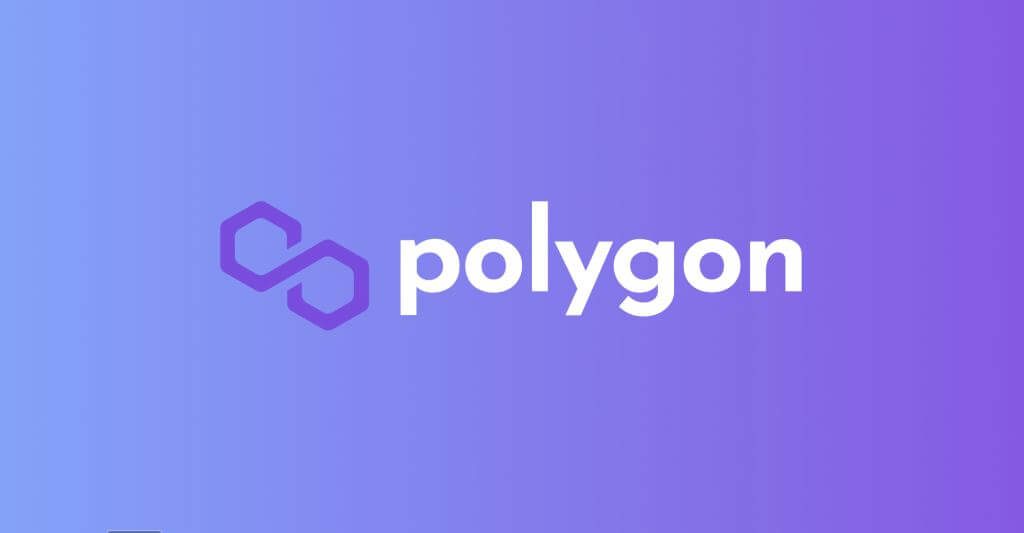Polygon, known previously as MATIC, is a protocol that increases the Ethereum Blockchain’s scalability and adds new use cases.
Polygon works through a sidechain that connects to the Ethereum network enabling further processing of the Blockchain. Ethereum’s network has suffered scalability issues since the rise of ICOs in 2017. The problems multiplied with the advent of NFTs and Decentralized Finance (DeFi).
Traffic on Ethereum is a bottleneck, and Polygon offers a secondary road, cheaper than the main one. Polygon’s low transaction fees (<$0.01) have increased its popularity exponentially in recent months. The number of active addresses on Polygon surpassed the number of active addresses on Ethereum. Large consulting firms such as Ernest & Young (EY) have already joined the protocol to offer blockchain solutions to companies.
What is Polygon (MATIC)?
Arguably, Polygon is everything Ethereum aims to be with Ethereum 2.0. It is a project that fixes Ethereum’s processing power issues. In addition, it uses Proof-of-Stake (Pos) as a consensus mechanism. Polygon offers developers a more intuitive architecture, making it a more attractive network for inexperienced users. Polygon does not seek to change the original Ethereum blockchain layer but to help Ethereum expand in size to enable developers to bring products to market faster. You can compare Polygon to similar blockchains, such as Avalanche (AVAX) and Polkadot (DOT).
How does it work?
As its name suggests, Polygon is a multilevel platform with high scalability thanks to sidechains. Sidechains are alternate blockchains to the main Ethereum Blockchain. Sidechains make it possible to improve its performance. They are linked to the Ethereum blockchain and support decentralized network applications created by Vitalik Buterin.
Polygon’s main chain is a blockchain that uses Proof of Stake (PoS) as a consensus method. A system based on the user’s economic participation who has protocol tokens. In this case, MATIC. The network randomly selects Validator nodes among people with MATIC, and users with more reservations get more probability to validate transactions and vote on network updates.
Also, Polygon uses the Plasma framework. A framework proposed by Vitalik Buterin enables the simple execution of scalable, autonomous Smart Contracts. A technology similar to Bitcoin’s Lightning Network also creates bi-directional bridges with Ethereum, enabling cross-network communication. In addition, Polygon can connect to the Ethereum network and connect to any other network, creating a connection structure.
Polygon use cases
Currently, many blockchain companies are using Polygon for operation development. According to data from Polygonscan and Ethersan.io, on Saturday, October 2, the number of active addresses on Polygon surpassed Ethereum for the first time.
NFT
Due to lower transaction costs, many people use Polygon’s network in NFT markets. Inside Opensea, the NFT marketplace par excellence, it has been possible this summer to create, buy and sell NFTs on Polygon’s network. You only have to configure Metamask to operate on the Polygon network and pay the (almost non-existent) fees with MATIC, the Polygon token.
Games
Last July 19, Polygon launched Polygon Studios, a company division, to move games from Web 2.0 to Web 3.0. Thanks to this division, developers who want to create games on Polygon can receive marketing assistance, investment, and help from other community members. Game developers widely use Polygon in the blockchain gaming world. Games and metaverses, such as Aavegotchi, Megacryptopolis, Decentraland, and Sandbox, are already part of the platform.
DeFi
Polygon accumulates a total value locked (TVL) in Decentralized Finance of over $5 billion. Polygon is getting closer and closer to its two main competitors, Ethereum and Binance Smart Chain (BSC). Unlike these blockchains, which have maintained a stable evolution in recent months, Polygon grows steadily and approaches BSC. Two of the largest DeFi platforms, Aave and Compound, adopted Polygon this year. Stani Kulechov, the founder of Aave, noted that the problems Ethereum is going through should not impede the growth of DeFi.
Traditional companies: Industry
Polygon’s potential has not gone unnoticed by traditional consulting firms. Last September 14, Ernest & Young (EY) announced it would work alongside Polygon to create private industrial blockchains for enterprises. The consultancy indicated that it integrates all its blockchain services with Polygon to mitigate the high fees its enterprise clients have to shell out to use Ethereum. Industrial chains on the Polygon blockchain offer enterprises the convenience and security of a closed system but in close alignment with Ethereum.
EY Polygon
EY announced in a statement that the industrial chains would offer enterprises the convenience and security of a closed system but in close alignment with Ethereum. The report says the goal is to transition to public networks faster and with less risk. The multinational consulting firm indicates it is integrating all of its blockchain services with Polygon. The goal is to mitigate its enterprise customers’ high fees to shell out to use Ethereum.
The consultancy also specified integrating its EY OpsChain and EY Blockchain Analyzer services into Polygon. EY says such integration will offer business users higher transaction volumes with predictable costs and settlement times. The consultancy says its clients can connect their business operations to Polygon networks by simply changing the settings on blockchain.ey.com.
EY’s Commitment to Ethereum
Sandeep Nailwal, the co-founder of Polygon, has said that the consultancy’s commitment to Ethereum and open standards were a big driver for the deal. “No other organization has made the same scale of commitment to the ecosystem and open systems or brings the depth of technology that EY has in this space,” Nailwal notes.
Polygon announced last August the acquisition of Hermez Network for $250 million in MATIC tokens, becoming Polygon Hermez. Hermez Network, developed by Jordi Baylina, is one of the most relevant zero-knowledge (ZK) cryptocurrency-based projects.
In April, the DeFi lending protocol Aave, one of the most important in the ecosystem for liquidity, also joined Polygon to boost DeFi. Stani Kulechov, the founder of Aave, noted that the problems Ethereum is going through should not impede the growth of DeFi. Above all, the Aave founder referred to the high fees users must pay to operate on the network.

